

Articles
Who Buys Used Power Tools
Modified: August 31, 2024
Looking to sell your used power tools? Read our informative articles on who buys used power tools and how to get the best price.
(Many of the links in this article redirect to a specific reviewed product. Your purchase of these products through affiliate links helps to generate commission for Storables.com, at no extra cost. Learn more)
Introduction
Welcome to the world of power tools! Whether you’re a professional contractor, a do-it-yourself enthusiast, or simply someone who enjoys taking on home improvement projects, power tools are essential for getting the job done effectively and efficiently. However, purchasing brand new power tools can often be expensive, especially if you’re just starting out or have a limited budget. That’s where buying used power tools can be a great alternative.
Buying used power tools not only allows you to save money, but it also opens up a range of options that may not be available when shopping for new tools. From drills and saws to sanders and grinders, there is a wide variety of used power tools available on the market. But before you dive in and make a purchase, there are a few factors you should consider to ensure you’re getting the best value for your money.
Factors such as the brand, age, condition, and price of the used power tools should all be taken into account. It’s important to research and gather information about the specific tool you are interested in, so you can make an informed decision. By doing so, you can avoid any potential risks and ensure that the used power tool meets your requirements.
In this article, we will explore the factors to consider when buying used power tools, the benefits of opting for used tools, and where you can find them. We will also provide tips for safely purchasing used power tools and give you insights on how to evaluate their condition. So, let’s dive in and discover the world of used power tools!
Key Takeaways:
- Buying used power tools offers cost savings, access to higher quality tools, and contributes to sustainability. Evaluate factors such as brand reputation, condition, and price to make informed purchasing decisions.
- When buying used power tools, explore various venues including local stores, online platforms, and community sales. Prioritize safety, inspect the tool’s condition, and consider essential features for your specific needs.
Read more: Who Makes Flex Power Tools
Factors to Consider When Buying Used Power Tools
When purchasing used power tools, it’s important to consider several factors to ensure you’re making a wise investment. By taking these factors into account, you can determine the quality, functionality, and value of the used tool. Here are some key factors to consider:
- Brand: The brand of the power tool plays a significant role in its durability and performance. Well-known and reputable brands often have a proven track record of producing high-quality tools. Research the brand reputation and customer reviews to ensure you’re getting a reliable product.
- Age: The age of the power tool can impact its condition and longevity. Older tools may have been manufactured with different technologies, which could affect their performance compared to newer models. However, if the tool has been well-maintained and is from a trusted brand, age may not be as crucial a factor.
- Condition: Inspect the condition of the tool thoroughly before making a purchase. Look for any signs of damage, wear and tear, or rust. Check switches, cords, and other components to ensure they are in working order. If possible, test the tool to ensure it operates as expected.
- Price: Compare the price of the used tool with the current market value of the new version. While buying used is generally more affordable, ensure that you’re not paying a price that is too close to the cost of buying it new. Also, consider the overall value you’re getting in terms of the tool’s condition and included accessories.
- Usage History: Try to gather information about the tool’s usage history. Knowing if it was used by a professional or a hobbyist can provide insights into its level of wear and tear. A tool that has been used with care and maintained properly will likely have a longer lifespan.
- Warranty and Return Policy: Check if the used power tool comes with any remaining warranty. This can give you additional peace of mind and protection against any unforeseen issues. Additionally, inquire about the seller’s return policy in case the tool does not meet your expectations.
By carefully considering these factors, you can make an informed decision when purchasing used power tools. Remember to prioritize quality, reliability, and value for money to ensure that you’re getting a tool that will serve you well in your projects.
Benefits of Buying Used Power Tools
Buying used power tools can offer a range of benefits, making it a smart choice for both professionals and DIY enthusiasts. Here are some key advantages of opting for used tools:
- Cost Savings: One of the main advantages of buying used power tools is the significant cost savings. Used tools are generally priced lower than their new counterparts, allowing you to stretch your budget further. This is particularly beneficial for those who are just starting out or have limited funds for purchasing tools.
- Access to Higher Quality Tools: With a limited budget, buying brand new professional-grade power tools may be challenging. However, by purchasing used tools, you can gain access to high-quality and well-known brands that may have been out of your budget reach when buying new. This means you can acquire tools with advanced features and better durability that can withstand demanding tasks.
- Expanded Tool Collection: Buying used power tools allows you to expand your collection without breaking the bank. You can acquire various types of tools, such as drills, saws, sanders, and more, which can enhance your capabilities and enable you to take on a wider range of projects. Having a diverse tool collection boosts your efficiency and versatility in completing tasks.
- Reduced Depreciation: Unlike new tools that experience immediate depreciation once purchased, used tools have already gone through their initial depreciation phase. This means that the value of the tool has stabilized, and any future depreciation will likely be gradual. As a result, you can resell the tool in the future and recoup a significant portion of your initial investment.
- Environmentally Friendly: Opting for used power tools contributes to a more sustainable and environmentally friendly approach. By giving these tools a second life, you are reducing waste and minimizing the resources needed to produce new tools. This eco-conscious choice helps in conserving energy and reducing the carbon footprint associated with the manufacturing process.
While buying used power tools can present some risks, when done with careful consideration and research, the benefits can outweigh the drawbacks. You can enjoy substantial cost savings, access higher quality tools, expand your collection, and contribute to sustainable practices. So, don’t overlook the advantages of buying used power tools when building your toolbox.
Places to Buy Used Power Tools
When it comes to buying used power tools, there are several options available to you. Whether you prefer to shop in person or online, there are various places where you can find a wide selection of used tools. Here are some common venues to consider:
- Local Hardware Stores: Many local hardware stores have a section dedicated to used or refurbished tools. These stores often buy used tools from individuals or businesses and refurbish them before selling them at a discounted price. Visit your nearby hardware stores and inquire if they have any used power tools available.
- Garage Sales and Estate Sales: Garage sales and estate sales can be treasure troves for finding used power tools. People often sell their unwanted or unused tools at these sales, offering you the opportunity to get great deals. Keep an eye out for advertisements or signs in your neighborhood indicating upcoming sales.
- Flea Markets: Flea markets are popular spots for finding a diverse range of used items, including power tools. Browse through the stalls and booths, as you might discover some hidden gems at affordable prices. It’s important to arrive early to increase your chances of finding the tools you need.
- Online Classifieds: Online classified platforms, such as Craigslist and Facebook Marketplace, provide an extensive selection of used power tools. These platforms connect buyers and sellers in local communities, allowing you to negotiate prices and arrange meetups to inspect and purchase the tools in person.
- Online Auctions: Online auction websites, like eBay, offer a wide range of used power tools from sellers worldwide. You can browse through listings, place bids, and potentially win tools at lower prices compared to buying them new. Be sure to review the seller’s rating and read the product descriptions carefully before placing a bid.
- Online Retailers: Some online retailers specialize in selling used or certified refurbished power tools. These platforms thoroughly inspect and test the tools before listing them for sale, ensuring a certain level of quality and reliability. Look for reputable online retailers that offer warranties or return policies for additional peace of mind.
When buying used power tools, it’s important to carefully evaluate the condition and functionality of the tool, regardless of the venue. Inspect the tool thoroughly, ask questions about its history, and if possible, test the tool before making a purchase. This will help you make an informed decision and ensure that you’re getting a reliable tool that meets your needs.
Online Marketplaces for Used Power Tools
When it comes to buying used power tools online, there are several popular marketplaces that offer a wide selection of tools from various sellers. These online platforms provide convenience, a vast range of options, and often competitive prices. Here are some of the top online marketplaces for finding used power tools:
- eBay: eBay is one of the largest online marketplaces, offering a plethora of used power tools. You can search for specific tools, filter by condition and location, and easily compare prices from different sellers. eBay also offers buyer protection programs and user ratings, allowing you to buy with confidence.
- Amazon: Although primarily known for new products, Amazon also has a selection of used power tools available through its “Used” section. These tools are typically sold by third-party sellers through the Amazon Marketplace. Be sure to read the product descriptions, check seller reviews, and verify the condition before making a purchase.
- Craigslist: Craigslist is a popular online classifieds platform that connects local buyers and sellers. It offers a dedicated section for tools, making it easy to find used power tools in your area. You can contact sellers directly, arrange in-person meetings to inspect the tools, and negotiate prices. Exercise caution when using Craigslist and follow safety guidelines for meeting strangers in public places.
- Facebook Marketplace: Facebook Marketplace allows users to buy and sell items within their local communities. You can search for used power tools based on your location, view detailed product listings, and communicate with sellers through Facebook Messenger. The advantage of using Facebook Marketplace is that you can view the seller’s profile and mutual connections, providing a sense of trust and familiarity.
- Tool-specific Forums and Websites: Many online forums and websites cater to tool enthusiasts and tradespeople. These communities often have dedicated sections or marketplaces where members can buy, sell, or trade used power tools. Examples include Toolguyd, Garage Journal, or Reddit’s r/ToolSales subreddit. These platforms offer a niche community of knowledgeable individuals who can provide insights and advice on purchasing used tools.
When using online marketplaces, be sure to take precautions to ensure a safe and successful transaction. Verify the condition and authenticity of the tools, communicate clearly with sellers, and consider common safety practices such as meeting in public places or using secure payment methods. Always review seller ratings and read previous buyers’ reviews to gauge the reliability and reputation of the seller.
By exploring these online marketplaces, you can access a vast inventory of used power tools, compare prices, and find the tools that best suit your needs and budget. Happy tool hunting!
When selling used power tools, consider targeting DIY enthusiasts, hobbyists, small contractors, and individuals looking for affordable options. Online marketplaces and local trade-in programs can be effective for reaching these potential buyers.
Read more: Who Makes Avid Power Tools
Tips for Buying Used Power Tools Safely
Buying used power tools can be a great way to save money and expand your tool collection, but it’s important to take certain precautions to ensure a safe and satisfactory purchase. Here are some tips to help you buy used power tools safely:
- Research and Gather Information: Before purchasing a used power tool, research the specific model and brand to familiarize yourself with its features, common issues, and typical price range. This will help you make an informed decision and identify any potential red flags when evaluating the tool.
- Buy from Reputable Sellers: Whenever possible, buy from reputable sellers with good ratings and positive reviews. Look for sellers who have a history of selling tools and have built a strong reputation. This can help ensure that you’re dealing with trustworthy individuals who are likely to provide accurate product information.
- Inspect the Tool Thoroughly: When meeting a seller in person, carefully inspect the used power tool before finalizing the purchase. Check for signs of damage, excessive wear and tear, and any missing parts or accessories. Test the tool (if possible) to verify that it functions properly. Don’t hesitate to ask questions about the tool’s history and maintenance.
- Ask for Documentation: If the used power tool comes with original documentation, such as a manual or warranty card, ask the seller to include it in the purchase. This documentation can provide valuable information about the tool’s specifications, proper usage, and any remaining warranty coverage.
- Negotiate a Fair Price: When buying used, negotiation is often possible. Don’t be afraid to discuss the price with the seller, especially if you’ve noticed any issues or missing parts during the inspection. Do some research beforehand to determine a fair price range for the specific tool and its condition.
- Consider Safety Features: Ensure that the used power tool has important safety features intact and functioning properly. This includes features such as blade guards, safety switches, and trigger locks. Buying a tool that is missing or has damaged safety features can potentially put you at risk during operation.
- Test the Power Tool: When meeting the seller in person, if possible, plug in the used power tool and test it before completing the purchase. This will allow you to verify its performance and ensure that it meets your expectations. Pay attention to any unusual sounds, vibrations or other signs of potential issues.
- Use Secure Payment Methods: When making the payment, use secure methods such as cash for in-person transactions or reputable online payment platforms that offer buyer protection. Avoid using wire transfers or sending money through unsecured channels, as these methods offer little recourse if any issues arise with the purchase.
- Trust Your Instincts: If something doesn’t feel right or the deal seems too good to be true, trust your instincts. Walk away from any transaction that raises concerns or if the seller’s behavior seems suspicious. It’s better to be cautious than to end up with a faulty or stolen tool.
By following these tips, you can minimize risks associated with buying used power tools and increase your chances of making a safe and satisfying purchase. Remember to prioritize safety, functionality, and value for money as you navigate the world of used tools. Happy tool hunting!
Precautions When Buying Used Power Tools
When purchasing used power tools, it’s essential to take certain precautions to ensure your safety and satisfaction with the purchase. Here are some important precautions to keep in mind:
- Beware of Counterfeit or Stolen Tools: Be cautious of extremely low prices or suspiciously good deals, as these may indicate counterfeit or stolen tools. Research the market value of the tool and compare prices to identify any anomalies. If a deal seems too good to be true, it probably is.
- Verify the Tool’s History: Ask the seller about the tool’s usage history, including whether it has experienced any major repairs or malfunctions. An honest seller will provide transparency and detailed information about the tool. If the seller seems evasive or unable to provide satisfactory answers, it may be a warning sign.
- Avoid Tools with Damaged Parts: Inspect the used power tool thoroughly for any damaged or missing parts. Avoid purchasing tools with broken switches, cords, or safety features. Operating a tool with damaged components can be hazardous and may compromise its overall functionality.
- Ensure Proper Testing: Whenever possible, test the used power tool before finalizing the purchase. This allows you to assess its performance and identify any potential issues. Don’t rely solely on the seller’s assurance; in-person testing provides firsthand knowledge about the tool’s capabilities.
- Check for Recalls: Research if the specific model of the power tool has been subject to any recalls or safety issues. Check the manufacturer’s website or relevant consumer safety organizations to ensure that the tool you’re considering does not pose any known risks or dangers.
- Read Product Reviews: Search for product reviews or forums discussing the particular used power tool you’re interested in. Reading about other users’ experiences and feedback can help you evaluate the tool’s performance, reliability, and any common issues associated with it.
- Seek Warranty or Return Policies: Inquire if the used power tool comes with any remaining manufacturer warranty or if the seller offers a return policy. Having these safeguards in place provides you with recourse in case the tool fails to meet your expectations or if any unforeseen issues arise.
- Ask for Documentation: Request any original documentation that may accompany the used power tool, such as the manual or warranty card. Authentic documentation adds credibility and helps validate the tool’s authenticity and condition.
- Inspect the Electrical Components: If purchasing an electric power tool, carefully inspect the cords, sockets, and switches for any signs of damage or wear. Faulty electrical components can pose safety hazards and should be addressed before use.
- Follow Manufacturer’s Safety Guidelines: Familiarize yourself with the manufacturer’s safety guidelines and recommendations for the specific power tool you’re buying. Adhere to safety precautions, wear appropriate protective gear, and ensure that you understand how to use the tool safely.
By taking these precautions, you can minimize potential risks when buying used power tools and ensure that you’re making a wise and safe purchase. Don’t hesitate to ask questions, thoroughly inspect the tools, and prioritize your safety throughout the process. Happy and safe tool hunting!
How to Evaluate the Condition of Used Power Tools
When buying used power tools, evaluating their condition is crucial to ensure you’re making a wise investment. Here are some key steps to help you assess the condition of a used power tool:
- Inspect the Exterior: Begin by visually examining the tool’s exterior. Look for any signs of damage, such as cracks, dents, or heavy wear. Check for excessive rust or corrosion, which can indicate neglect or poor storage conditions.
- Test the Functionality: If possible, test the power tool to assess its functionality. Plug it in and run the tool, checking if it operates smoothly and without unusual vibrations or sounds. Pay attention to any irregularities, as they may indicate internal issues or necessary repairs.
- Examine the Cord and Plug: Inspect the power tool’s cord and plug for any fraying, cuts, or exposed wires. Damaged cords can be a safety hazard and may indicate poor maintenance. Ensure that the cord is securely attached to the tool and check that the plug fits snugly into the outlet.
- Check the Power Switch: Test the power tool’s switch to make sure it activates and deactivates the tool properly. Ensure that the switch is not loose or difficult to operate. A faulty power switch can affect the safety and usability of the tool.
- Evaluate the Blade or Bit: If applicable, closely examine the blade or bit of the power tool. Look for signs of wear, chipping, or dullness. Depending on the tool, consider if the blade or bit can be easily replaced or sharpened, or if it requires immediate attention.
- Inspect the Accessories: Assess the condition of any accessories or attachments that come with the power tool. Check if all parts are present and in good working order. Make sure the accessories are compatible with the tool and can be securely attached or detached as needed.
- Test Adjustable Features: If the power tool has adjustable features, such as depth settings, speed controls, or angle adjustments, test them to ensure they are working correctly. Ensure that these adjustable features smoothly operate and lock securely in place.
- Review the Maintenance History: If possible, inquire about the tool’s maintenance history. Ask if the tool has been regularly serviced, if any repairs or replacements have been performed, and if the recommended maintenance schedule has been followed. A well-maintained tool is more likely to be in good condition.
- Research and Compare Prices: Research the market value for the specific used power tool you’re interested in. Compare prices from different sellers to ensure that you’re paying a fair price in relation to the condition of the tool. Be cautious of significantly overpriced or underpriced tools.
- Seek Expert Opinion: If you’re uncertain about a specific power tool or its condition, consider seeking advice from a knowledgeable professional or someone experienced with power tools. They can provide insights and help you evaluate the tool more accurately.
By following these steps, you can thoroughly evaluate the condition of a used power tool before making a purchase. Remember to prioritize safety, functionality, and overall value for money when assessing a tool’s condition. Taking the time to evaluate the tool will help ensure that you make a reliable and suitable investment.
Common Features to Look for in Used Power Tools
When buying used power tools, it’s important to consider the features that are essential for your specific needs and the tasks you’ll be performing. While the specific features vary depending on the type of power tool, there are some common factors to look for when evaluating used tools. Here are some key features to consider:
- Power and Performance: Assess the power output of the tool, typically measured in watts or amps. Consider the power requirements of your intended tasks and ensure that the used power tool can handle them. Look for tools with adjustable speed or power settings to provide versatility for different applications.
- Ergonomics and Comfort: Examine the design and ergonomics of the power tool. Consider the weight, grip, and balance to ensure that the tool feels comfortable and can be used for longer periods without causing discomfort or fatigue. Look for features such as rubberized handles or anti-vibration technologies for enhanced comfort during use.
- Safety Features: Check for safety features that are essential for the specific power tool you’re considering. These may include blade guards, safety switches, lock-on buttons, or overload protection mechanisms. Ensure that these features are intact and in proper working condition to ensure your safety during operation.
- Durable Construction: Examine the build quality and construction of the power tool. Look for tools made from durable materials that can withstand the rigors of heavy use. Sturdy construction ensures longevity and minimizes the risk of premature wear or damage.
- Adjustability and Precision: Consider the tool’s adjustability and precision features. Look for tools with adjustable depth settings, bevel angles, or cutting capacities, depending on the type of tool. These features allow for greater versatility and precision in performing tasks.
- Compatibility with Accessories: Check if the used power tool is compatible with common accessories or attachments available in the market. Having the ability to expand the capabilities of the tool with accessories such as different blade or bit types can enhance its versatility and suitability for different tasks.
- Ease of Use and Convenience: Evaluate the usability and convenience factors of the power tool. Look for features such as tool-less blade or bit changes, easy-to-read measurement scales, or built-in LED lights for better visibility in dimly lit areas. These features contribute to a smoother workflow and user-friendly experience.
- Brand Reputation: Consider the reputation and track record of the brand manufacturing the power tool. Established and well-known brands often have a history of producing reliable and high-quality tools. Research customer reviews and feedback on the specific brand and model to gain insights into its reliability and performance.
- Availability of Parts and Service: Determine if replacement parts and service or repair centers are easily accessible for the power tool. This is particularly important for older or less common models. Ensuring that parts and service are readily available can save you time and frustration if the tool requires maintenance or repairs.
- Warranty and After-sales Support: Check if the used power tool comes with any remaining warranty or after-sales support from the manufacturer or seller. A warranty provides added assurance and protection in case of any defects or malfunctions. Consider the terms and duration of the warranty, as well as the seller’s reputation for customer support.
By considering these common features, you can make an informed decision when purchasing used power tools. Identifying the features that are essential for your tasks and ensuring their presence and functionality in the used tool will help you find a tool that meets your requirements and offers value for your investment.
Read more: Who Makes Milwaukee Power Tools
Conclusion
Buying used power tools can be a cost-effective and practical way to expand your tool collection, especially if you’re on a budget or want access to high-quality tools without paying a premium price. By considering important factors such as brand reputation, age, condition, and price, you can make an informed decision and find the right used power tool for your needs.
The benefits of buying used power tools are numerous. Not only can you save money, but you also have the opportunity to access higher quality tools from reputable brands that may have been out of reach when purchasing new. Additionally, expanding your tool collection with used tools allows you to tackle a wider range of projects and increase your capabilities without breaking the bank.
When shopping for used power tools, there are various places to consider, such as local hardware stores, garage sales, estate sales, and online platforms like Craigslist, eBay, and Facebook Marketplace. Each option offers its own advantages and it’s important to carefully evaluate the tool’s condition, ask questions, and if possible, test the tool before finalizing the purchase.
It’s crucial to take precautions to ensure a safe and satisfactory buying experience. Researching the tool, verifying its history, and inspecting its condition are essential steps. Negotiating a fair price, using secure payment methods, and trusting your instincts are also important when making a purchase.
Ultimately, evaluating the condition of a used power tool and looking for desirable features such as power and performance, safety features, durability, adjustability, and compatibility with accessories will help you find a tool that suits your needs and offers value for your investment.
By taking these considerations into account and following these guidelines, you can confidently navigate the world of used power tools, make informed purchasing decisions, and not only save money but also acquire reliable tools that will serve you well in your projects for years to come. Happy tool hunting!
Frequently Asked Questions about Who Buys Used Power Tools
Was this page helpful?
At Storables.com, we guarantee accurate and reliable information. Our content, validated by Expert Board Contributors, is crafted following stringent Editorial Policies. We're committed to providing you with well-researched, expert-backed insights for all your informational needs.
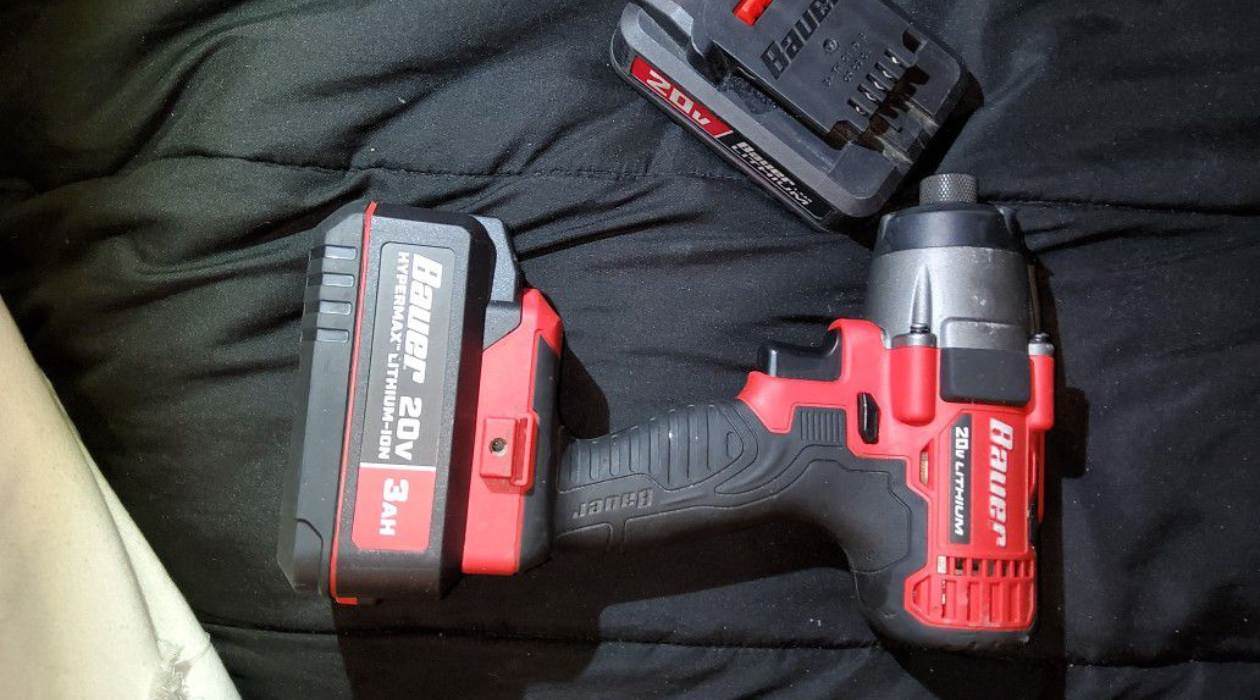
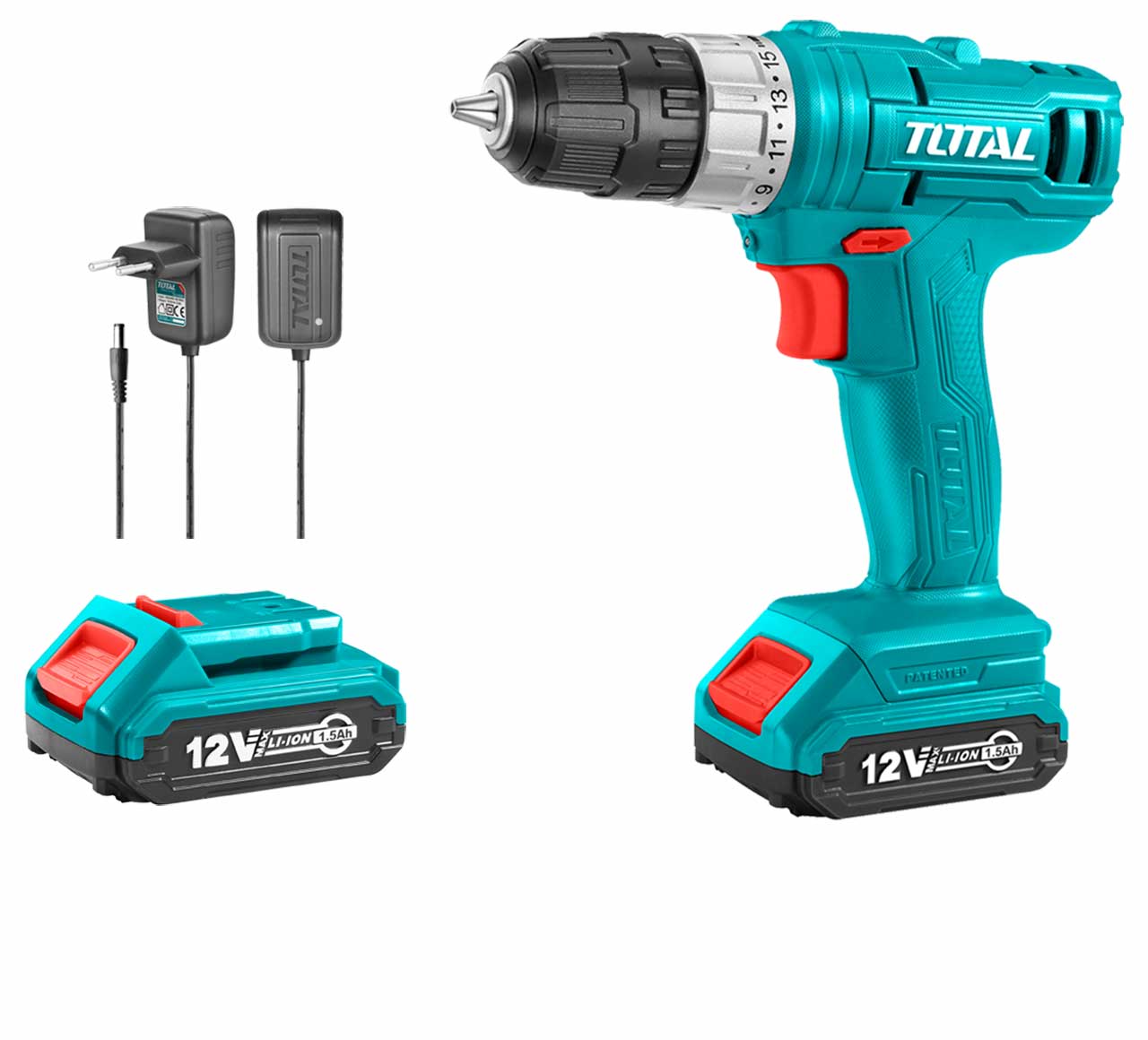
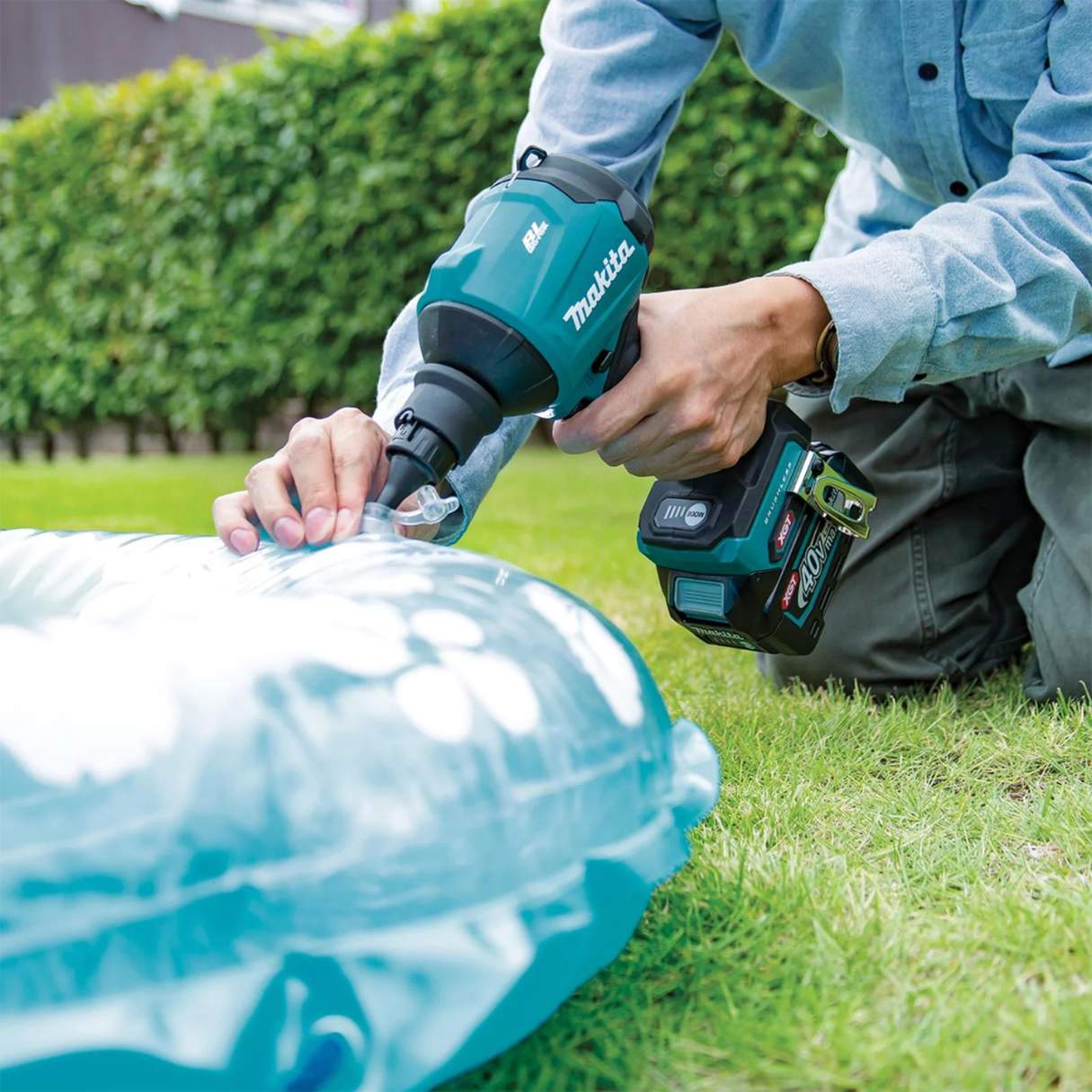
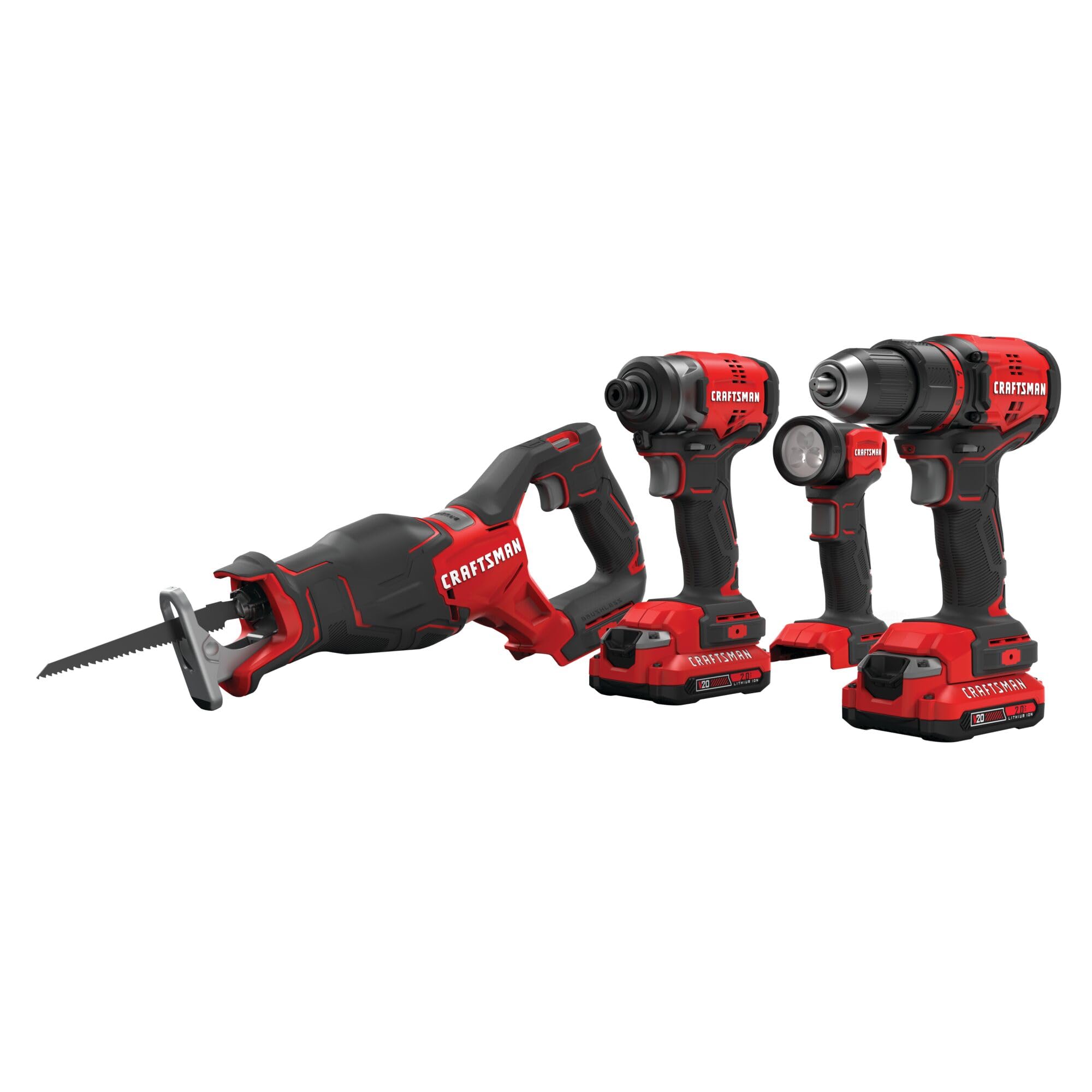
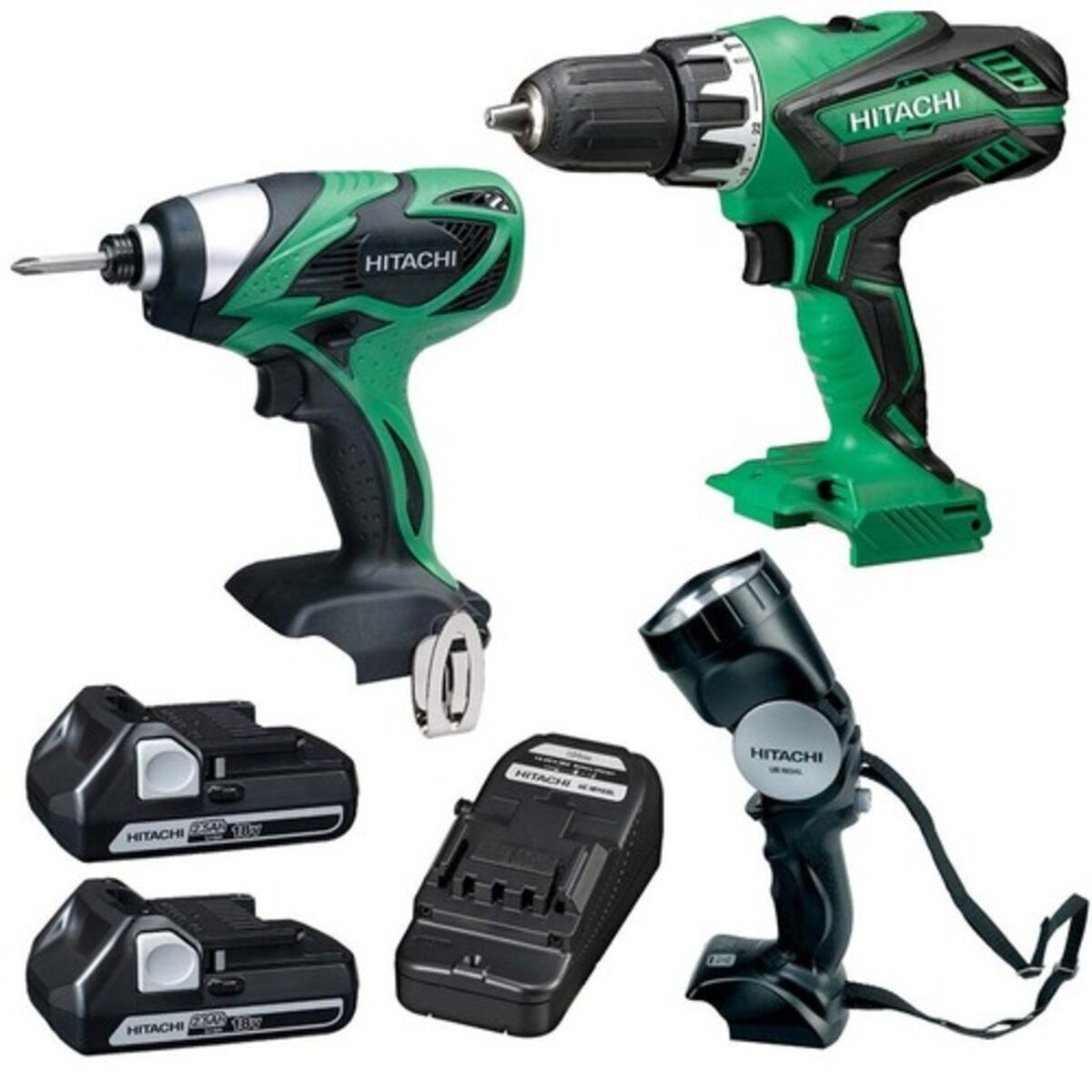
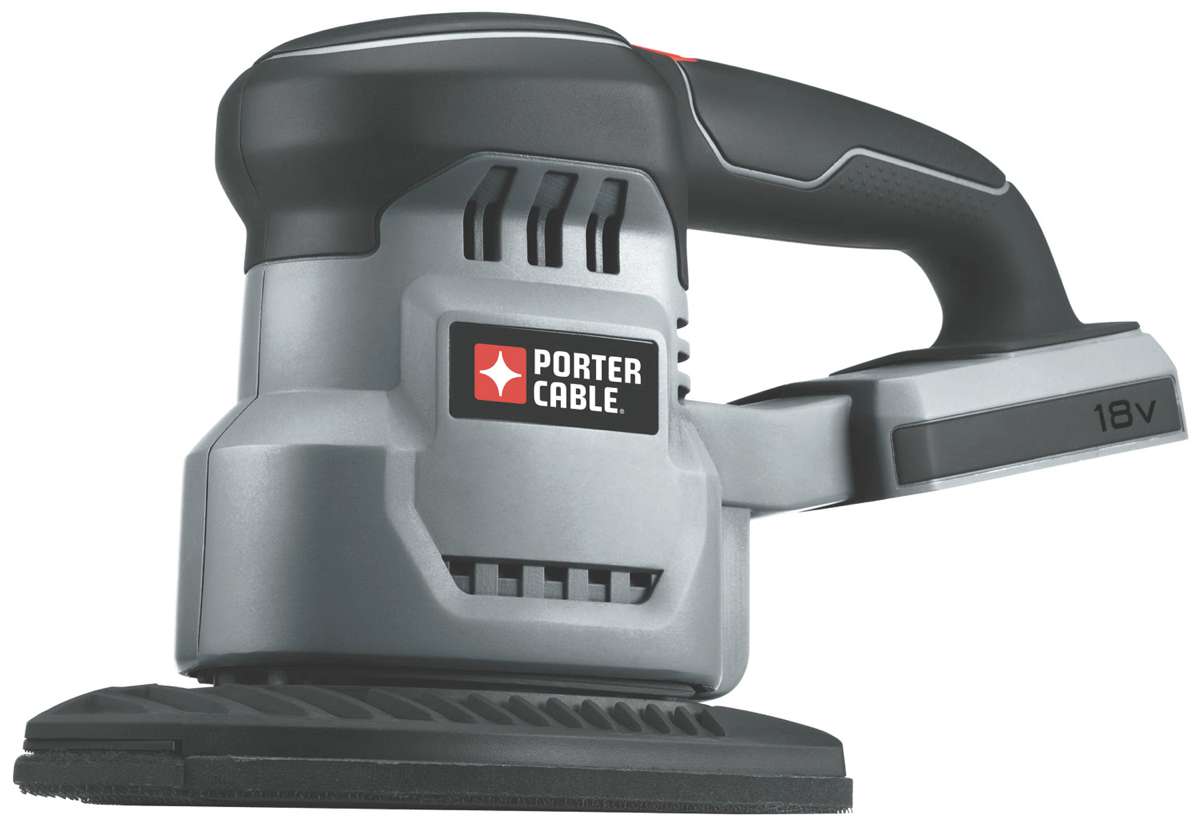
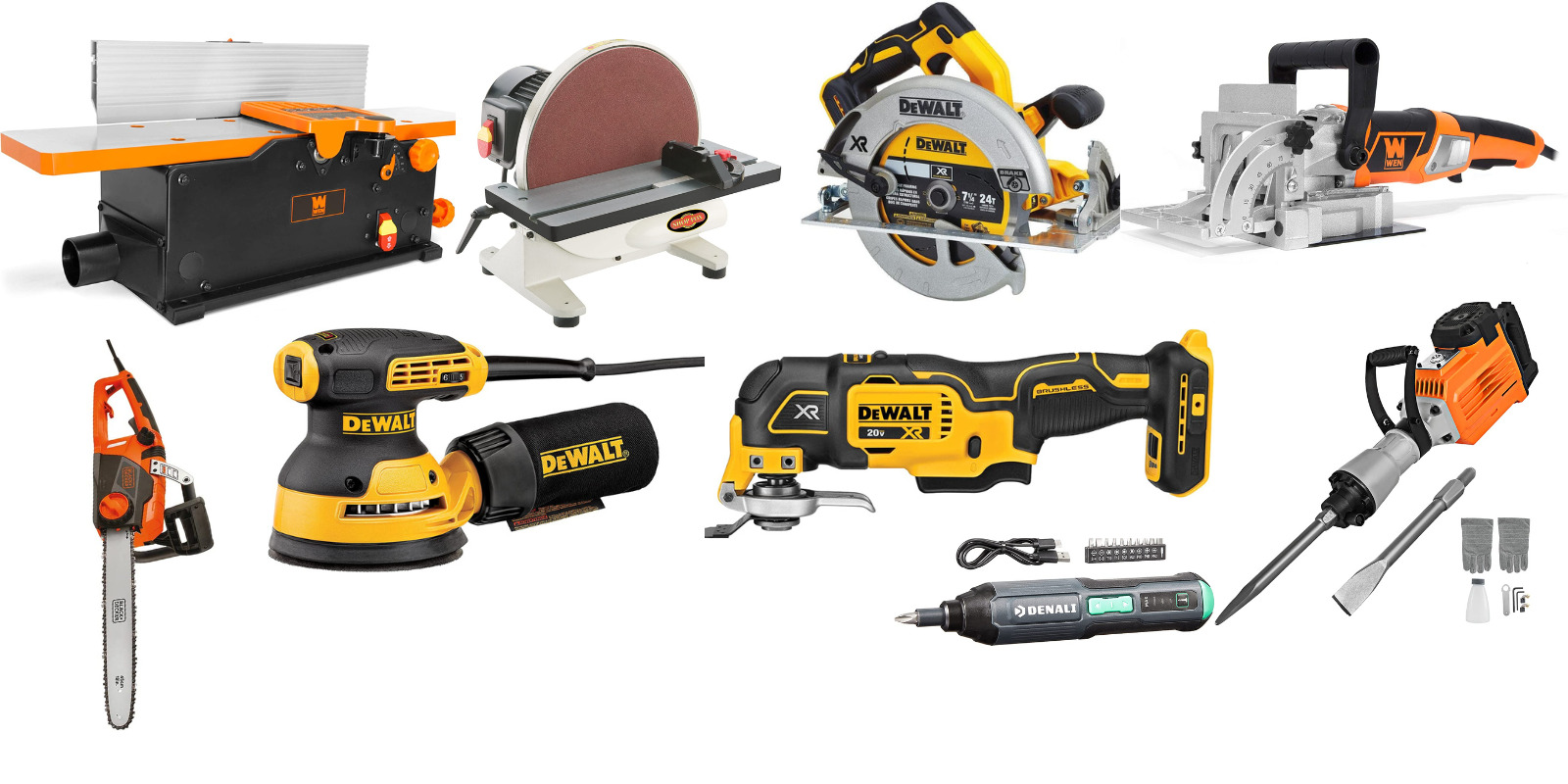
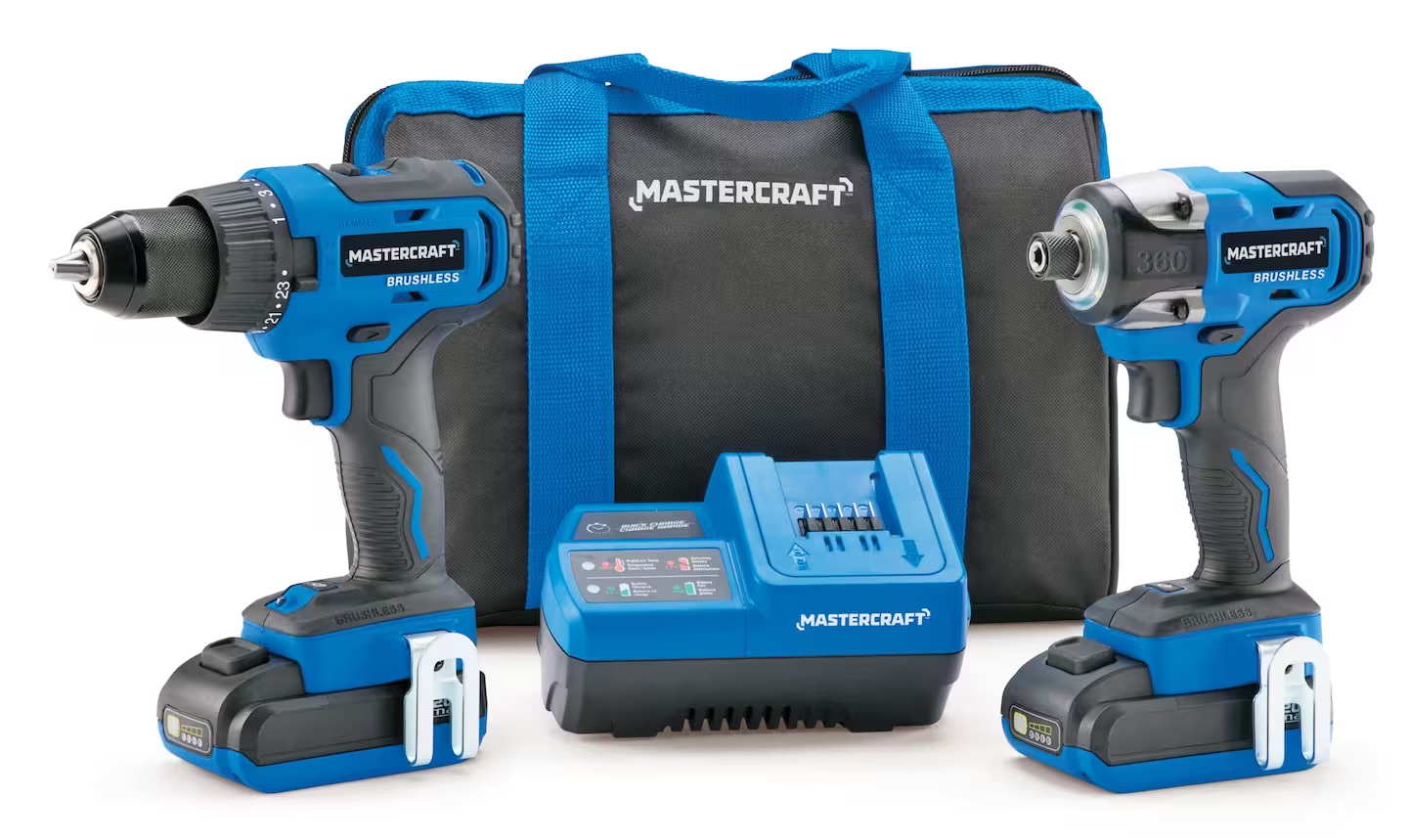

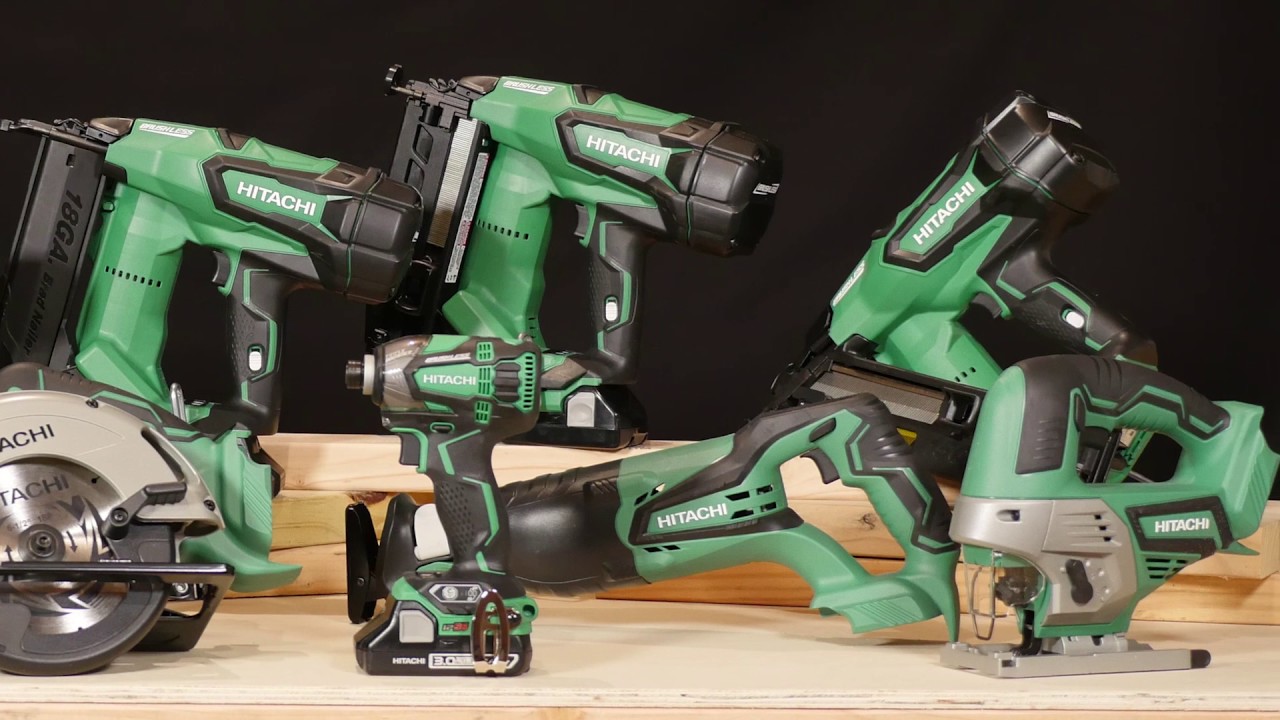
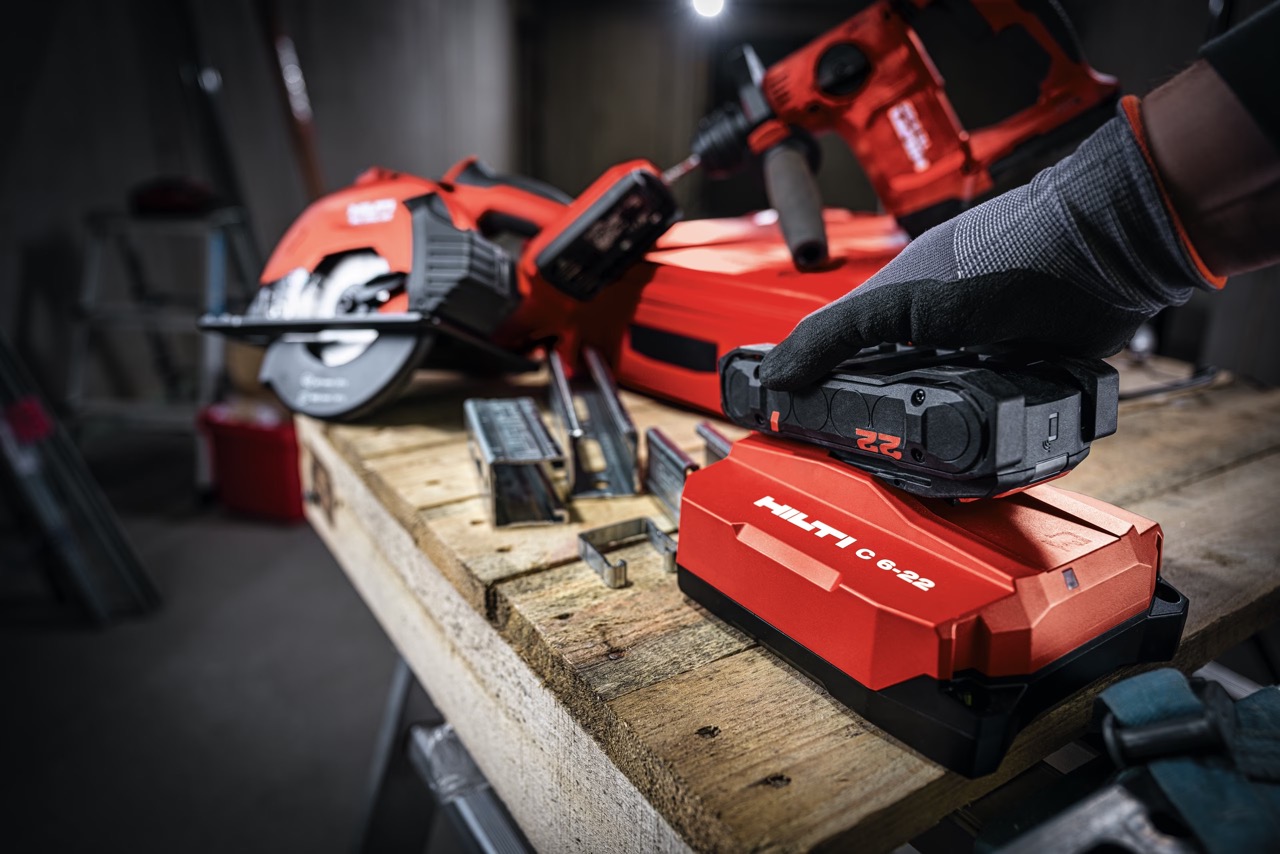
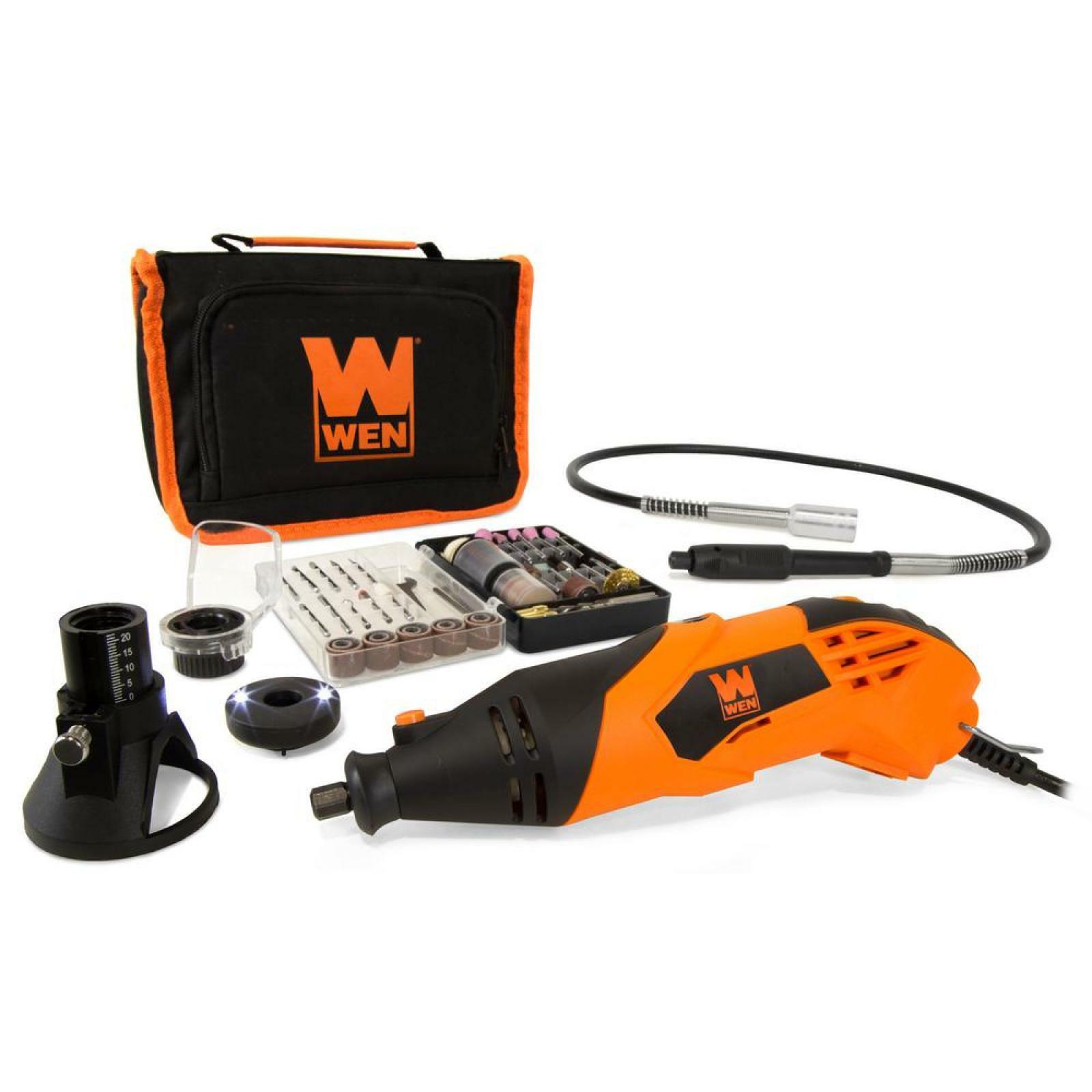
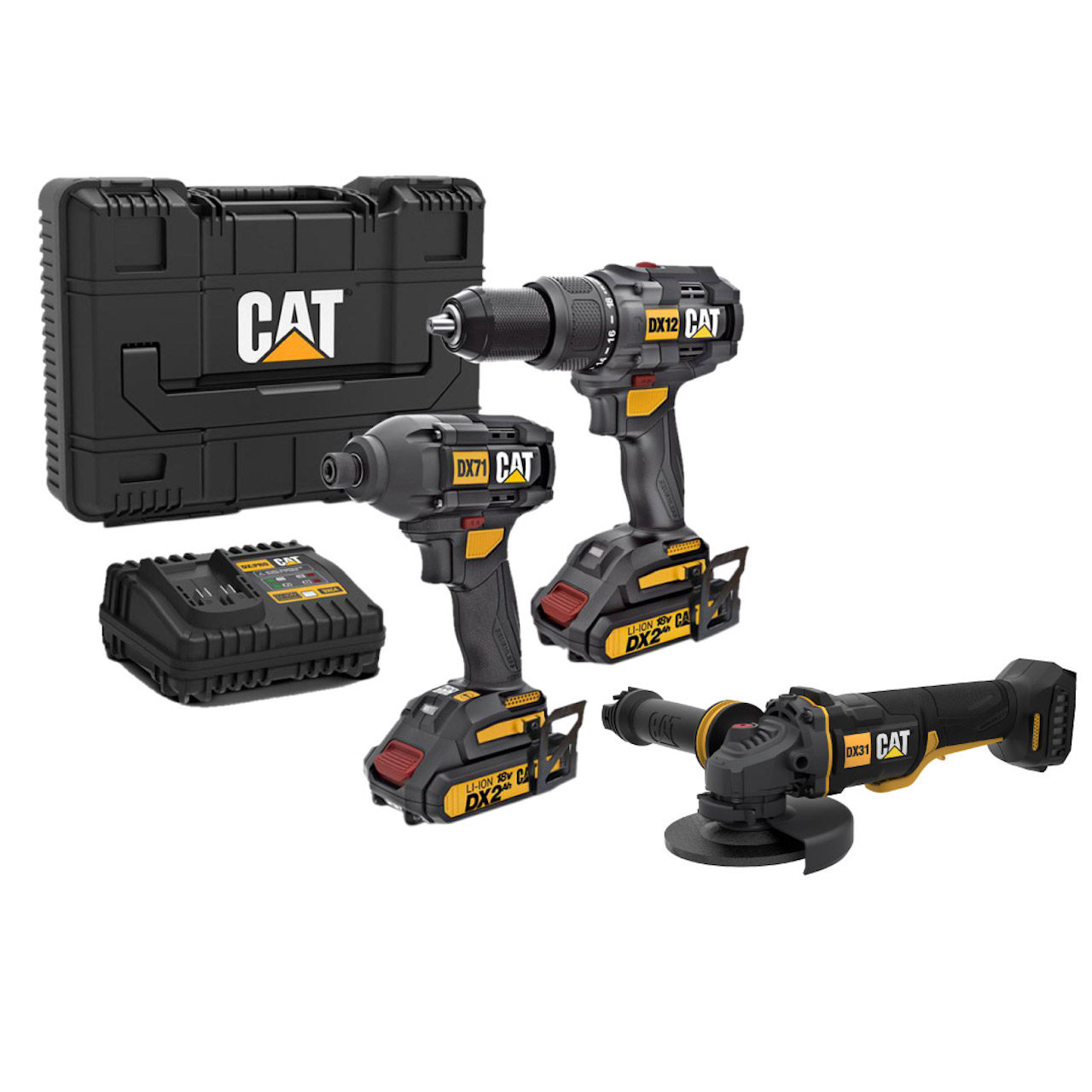

0 thoughts on “Who Buys Used Power Tools”